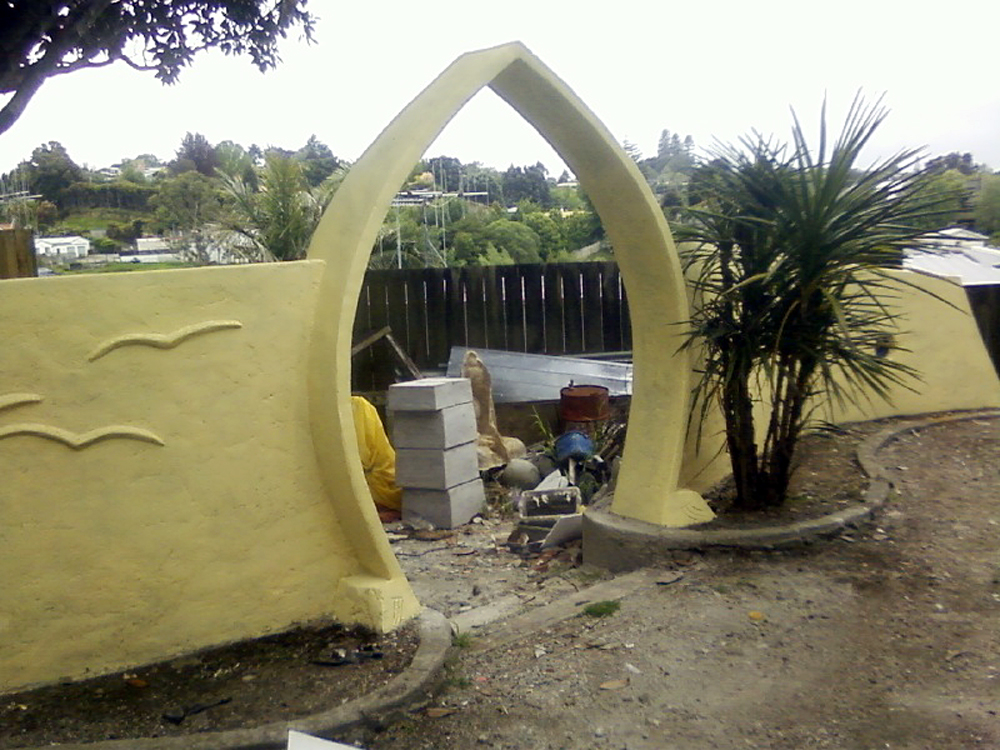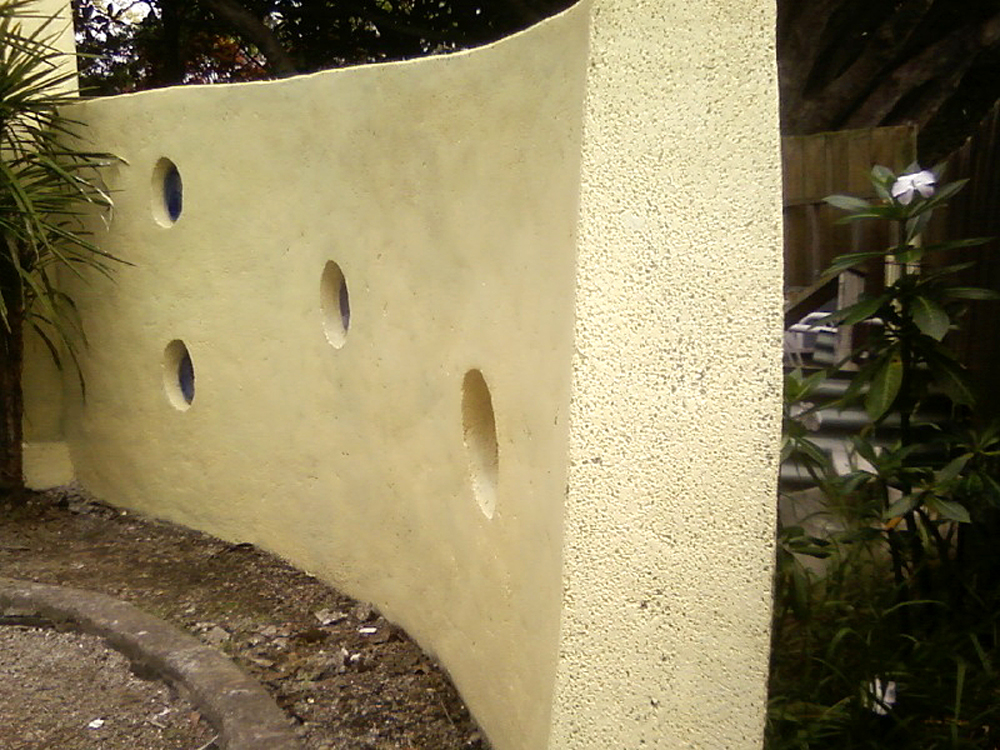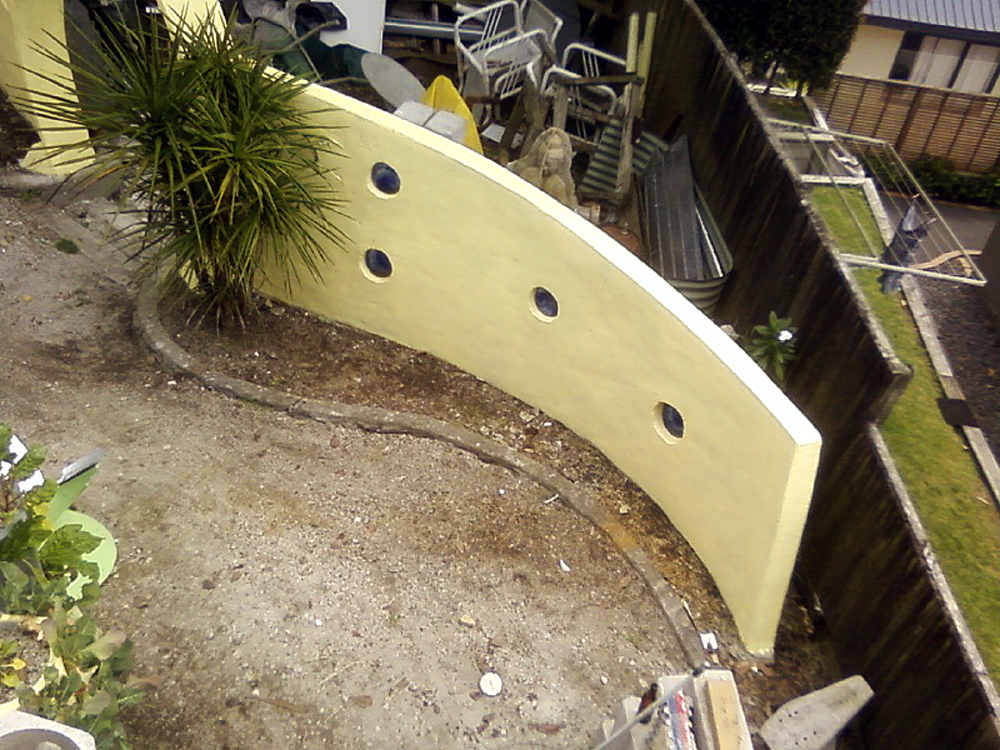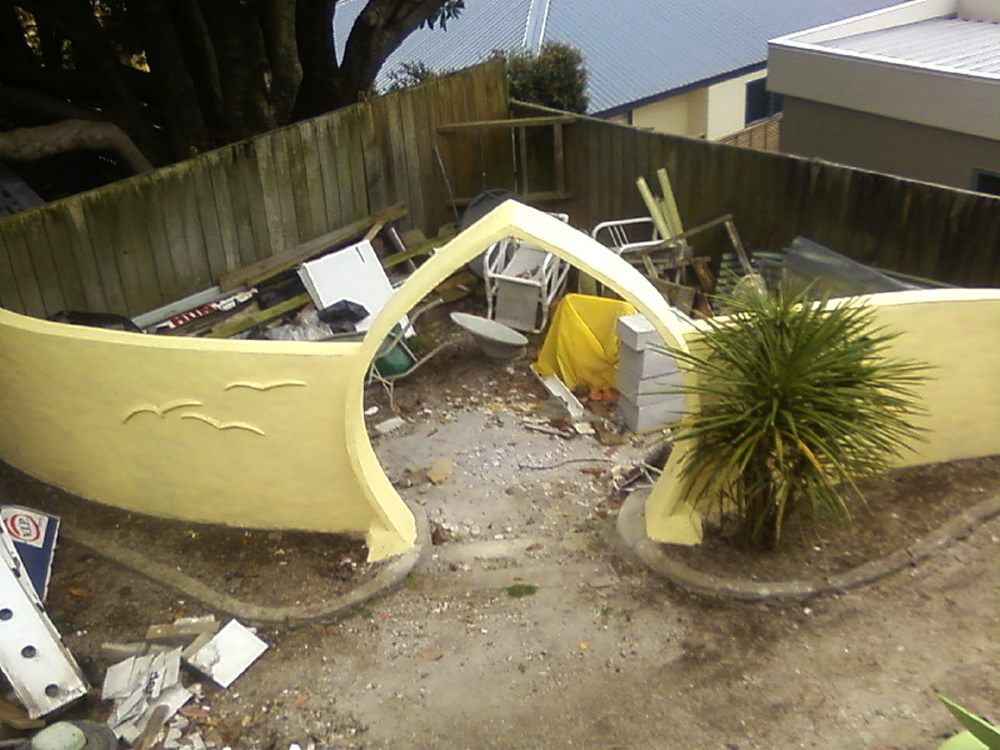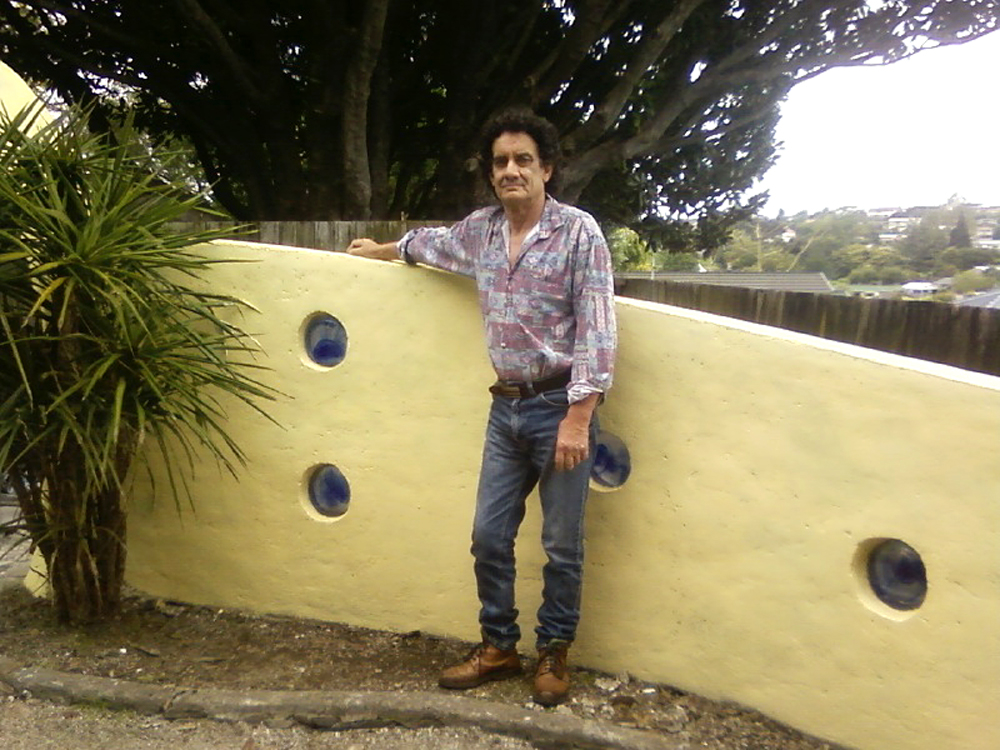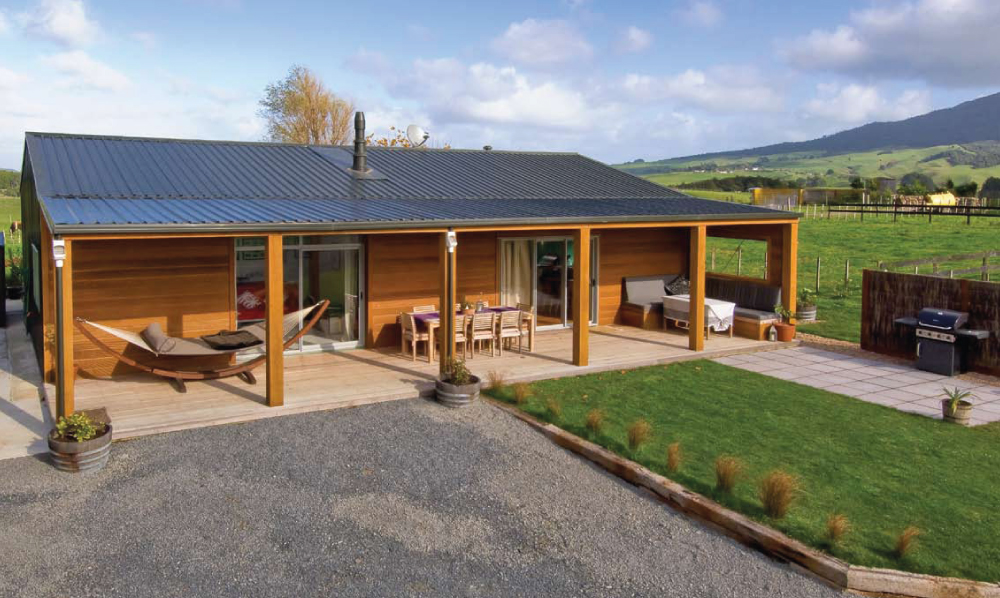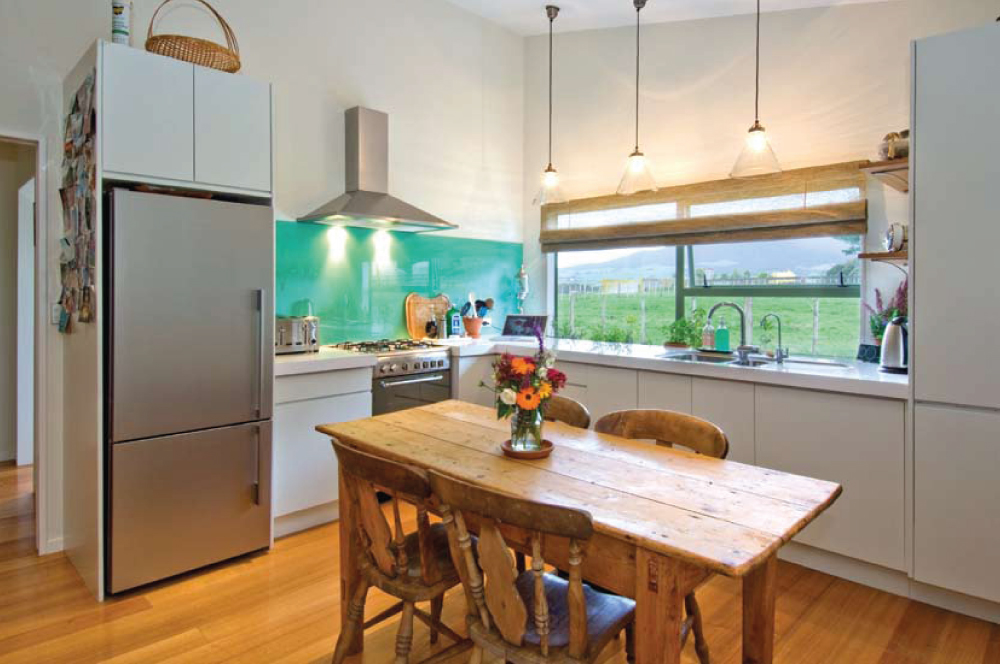Taupo could be in for a new eco-sustainable housing community, reshaping the way houses receive heat, electricity, water, and use wastewater.
The New Zealand Clean Energy Centre (NZCEC) is currently investigating whether or not this would be feasible.
The community would use geothermal or biomass heat to heat homes; generate electricity from solar and wind sources; and reuse wastewater by drip-irrigating it to energy crops to provide future fuel for the community.
NZCEC said out of 75 people surveyed over the last two days, 33 had been in favour of the idea.
“The New Zealand public has demonstrated a keen interest in adapting their lifestyles to live in ways that are friendlier to the environment. They want to do their part to help maintain NZ’s 100% Pure, clean green image, they want to find ways of reducing their energy bills, and they want to increase their control over energy supply security,” says chief executive Rob McEwen.
He says the project would benefit Taupo’s economy, enticing domestic and international migrants, especially Silicon Valley entrepreneurs looking to make New Zealand their home.
McEwen believes the pitch to these potential residents would go something like this:
“Taupo generates 75 times more clean energy than we consume (and thanks to geothermal, that ratio is growing). We have magnificent natural beauty (think of Taupo as the Tahoe of NZ), we have world class fibre optic internet, we have ample water, we are central to 75 percent of NZ’s population, we are home to the NZ Clean Energy Centre and oh, by the way … Taupo is developing a comprehensive off grid sustainable lifestyle community.”
He says the next steps are to further quantify interest, then develop the concept to include drawings of the proposed community, a 3D animated walkthrough, and costings.
One way to make it feasible would be to use semi-rural land on the outskirts of town so that homeowners’ investment in the land would be lower.
“Another way is to negotiate reduced development contributions with council. Unlike a typical subdivision where council needs to put in a lot of infrastructure such as water, waste water, power reticulation and phone connections, none of those services would be required in an off-grid community,” says McEwen.
>>> Clean Energy Centre explores possibility of off-grid housing community :: Idealog

